What Does Butternut Squash Taste Like?
When you buy through our links, The Breslin may earn an affiliate commission. Learn more
In your head right now, you must be thinking: “What does butternut squash taste like?”, right? If you want to know whether the squash’s flavor is good or bad and what it tastes similar to, this post is exclusively for you!
Not only will you discover the taste of butternut squash, but you will also get to know interesting facts about it, as well as all the tips and tricks when it comes to this festive squash.
Therefore, take your time and don’t miss out on any part of this post as they are all very informative.

What Does Butternut Squash Taste Like?
To quickly give you the first clue, I will provide you with a short answer right away: A butternut squash’s flavor can be described as very sweet and slightly nutty.
However, there are a ton of other vegetables or food items that also bear that sweet and nutty flavor. Other winter squashes, butterscotch and sweet potatoes are some typical examples that taste similar to butternut squash.
The Exact Descriptions About Butternut Squash’s Appearance And Texture
There is one fact about butternut squash that you might be marvel at: it is a fruit, not a vegetable! Although people often use this kitchen staple for various culinary purposes instead of eating it raw, the squash is a member of the Cucurbita fruit family (1).
Butternut squash’s exterior is a deep, dark orange hue, while the flesh inside is brighter and more like orange-yellow. Someone would describe the shape of this fruit as pear-shaped, and when compared to other squashes, it contains a relatively small amount of seeds.
Butternut squash is also referred to as butternut pumpkin or gramma in some regions. The outer skin of the fruit is quite hard when it is raw, but once cooked, the whole squash becomes incredibly tender and smooth.
People often associate butternut squash with cozy food for autumn and winter days. Besides butternut, there are numerous other squashes that are also considered winter squashes.
So what are those winter squashes, and how do they look?
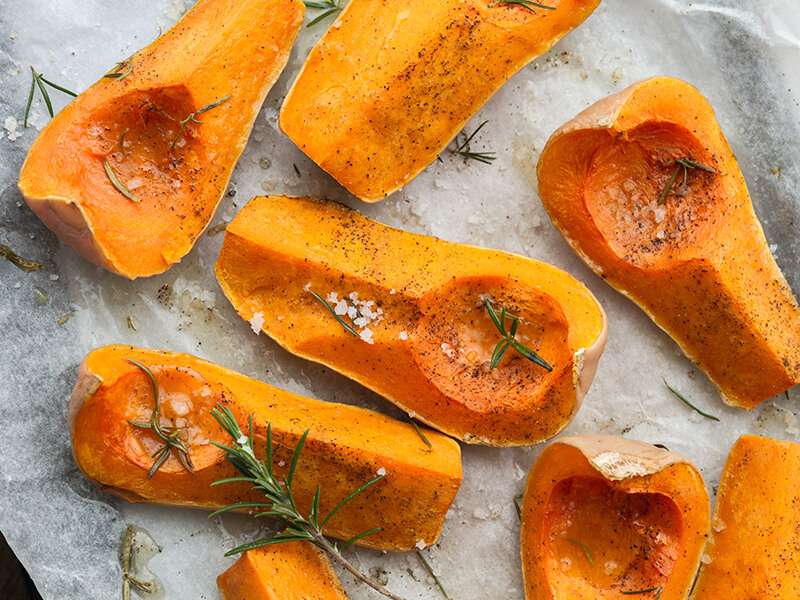
How To Differentiate Butternut Squash With Other Winter Squashes
Before heading to the squashes’ flavors section, you should know about other squashes’ appearances and textures first. You can not taste them all the time to distinguish, can’t you?
Here are the most common winter squashes and their prominent characteristics:
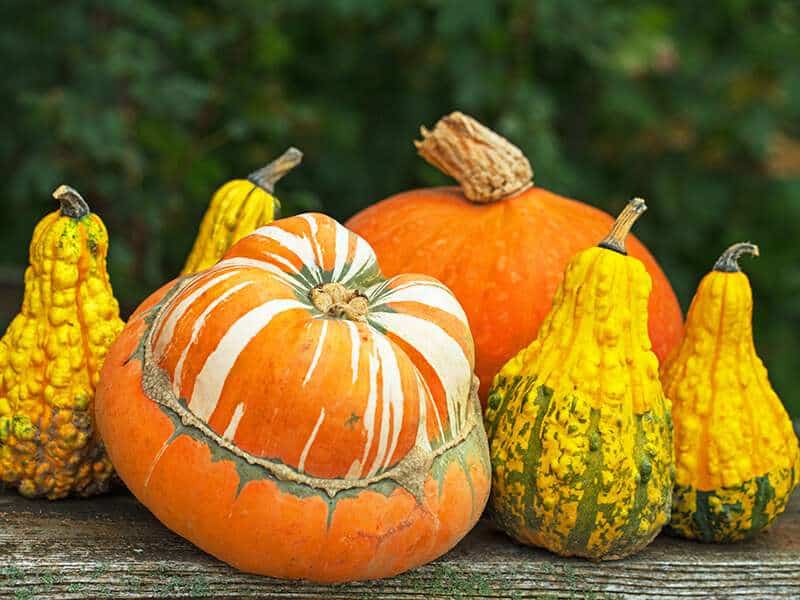
The Incredible Taste Of Butternut Squash
When it comes to the taste of the beautiful butternut squash, there are many marvelous things I can talk about.
I will describe the taste in general first, then give you some examples that resemble the taste of butternut squash, and finally compare its taste with other winter squashes.
What Does Butternut Squash Taste Like In General?
The two distinct characteristics of butternut squash’s flavor are: sweet and nutty.
Butternut squash has a significantly sweet taste. When it is raw, this sweetness is blander. The cooking process helps to bring out the best of its sweet flavor, especially when grilling or roasting. Once cooked, the flesh becomes soft and extremely moist.
As you may already know, this fruit is nutty because it has the word “nut” in its name. When you involve butternut squash in recipes that call for dairy products, you will see how nutty this fruit can become.
Amazing Food That Reminds You Of The Taste Of Butternut Squash
There are a bunch of similar flavor items you can relate to in order to picture the taste of butternut squash.
Let’s check out what they are together!
- Butterscotch: This is a caramel-colored confectionary made of butter and sugar. It bears a high resemblance to butternut squash about the creamy, buttery, and sweet flavor.
- Sweet Potatoes: Many people mistake butternut squash for a vegetable because it somehow tastes like a yam, right? If you make orange potato soup or puree but tell people those are butternut dishes, many of them will believe you and think so!
- Almonds: Butternut squash does resemble almonds about the nutty taste, but not truly recognizable. Almonds will give a nutty kick right in your face, while butternut squash requires more cooking to evoke that nutty flavor.
- A Combination Of Turnips And Carrots: These two are both sweet and high water content vegetables. If you cook and mix turnips and carrots together, the mixture will actually taste a lot like butternut squash, thanks to that natural sweetness!
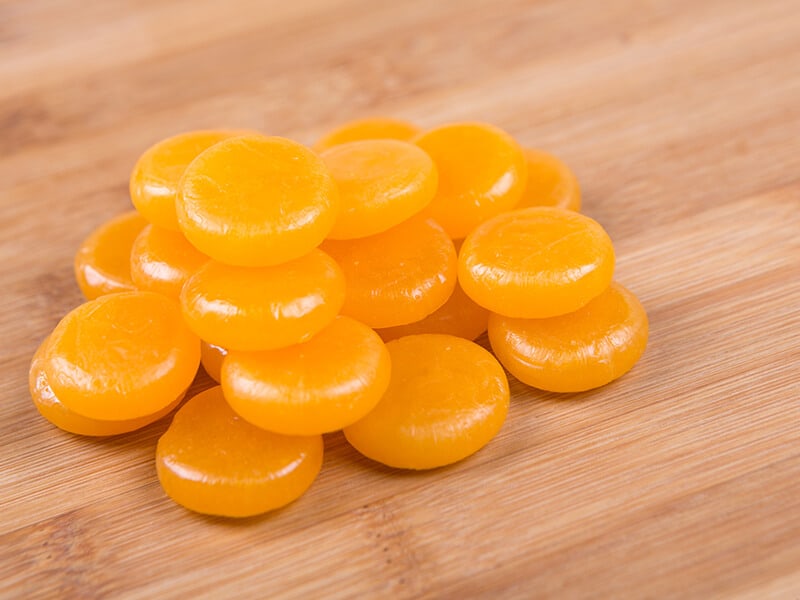
A Precise Comparison Between The Taste Of Butternut Squash Vs. Other Winter Squashes
People regard butternut squash as the sweetest winter squash of all. And it has many similarities with pumpkin. But how about the tastes of the rest of winter squashes?
If you are curious about them, here is your ultimate answer!
| Winter squash | Size/ Shape |
| Butternut squash | The sweetest of all. Nutty, soft and very moist once cooked. |
| Pumpkin | Resembles butternut squash the most but less sweet. Earthy, a bit tart |
| Banana squash | Delivers a rich, earthy. and sugary flavor. |
| Buttercup squash | Very sweet but not as sweet as butternut squash. |
| Delicata squash | Also resembles sweet potatoes: sweet and nutty. |
| Kabocha | Mildly sweet, strong nutty dose. |
| Turban squash | Has a subtle sweetness. Also tastes nutty. |
| Spaghetti squash | Not significantly sweet, crunchier than other squashes. |
| Sweet dumpling squash | Tastes very much like sweet corn. |
| Hubbard squash | Resembles pumpkin’s flavor: sweet, nutty, and earthy. |
| Acorn squash | Has a relatively mild sweetness and nutty flavor. |
Interesting Methods To Try With Butternut Squash In Your Kitchen
The use of butternut squash in the kitchen is truly versatile. This cozy, vibrant color fruit is already yummy itself. If you spend just a little more time and effort into it, you can totally take this squash and your meal to a whole new level.
- Season: Thanks to its distinct sweetness, butternut squash can pair really well with seasonings and create a beautiful flavor contrast. You can consider seasoning this amazing food with whatever you have: salt, pepper, paprika, herbs, cinnamon….
- Steam/ Boil: As mentioned earlier, the texture of butternut squash changes drastically once cooked through. You can chop it into desired-size cubes and steam/boil it on medium heat for about 15 minutes.
- Microwave: This is another great way to cook butternut squash instead of using a regular stove. A couple of minutes and a whole squash is done! You can either leave or discard the skin and slice it into smaller pieces or microwave a whole squash.
If you plan to microwave the squash without any chopping, use a fork or knife to create some slits on the surface.
- Bake/ Grill/ Roast: these are the nicest methods to retain the water and sweetness of your butternut squash. The squash will become incredibly pillowy, sugary, and moist when served. Season it with your favorite choice of spices and herbs when done.
- Cook: There are plenty of ways to transform this quash into something super exquisite! Soups, sauteed/stir-fried dishes, and stewed butternut squash are very good ideas. Pairing it with other meaty ingredients is also ideal.
- Puree: Find a blender and create the most exceptional yet tasty puree for your babies. Butternut squash puree is super healthy, good-looking, and easy to swallow. In this form, the squash becomes insanely smooth, creamy, and buttery.
Learn how to create the crowd-pleaser butternut squash curry with this incredible recipe now!
Butternut Squash Is A Stunning And Healthy Fruit
Everyone knows that butternut squash is a superfruit with a lot of beneficial nutrients. But in what way does it benefit your body?
Butternut squash has a high vitamin profile, especially when it comes to vitamin A and vitamin C. A single squash can provide enough vitamin A for a day, which is very good for your eyes, while vitamin C is a natural source of antioxidants.
Many valuable minerals and nutrients are contained within this astounding squash: protein, iron, fiber, calcium… People who have diabetes can freely consume it without worrying about their blood sugar levels getting higher (2).
Many studies have proved that this incredible fruit can reduce inflammation and improve your overall immunity system. Butternut squash is also believed to help you lose weight and have the ability to reduce the risk of getting cancers (3).
Useful Tips When Shopping For Butternut Squash
If you are going to a market and finding some butternut squashes for your next meal, you are probably not sure of the best way to pick a good squash. Don’t worry, because I will show you which one you should opt for, and which one you should not!
- Skin: A good butternut squash’s skin should be orange. Look carefully to discover if there is any bruise or deep cut. A few slight scratches are OK as they don’t affect the quality of the squash much.
- Stem: Check to see if the stem is still fresh and dry.
- Weight: Please ensure that your squash is heavy. A single squash is usually about 2-3 lbs in weight. If you see a squash that is lower than this recommended range of weights, don’t go for it!
- Molds: Molds are very likely to develop on insect bites and skin damages. Stay away from moldy butternut squashes if you don’t want to suffer from food poisoning.
The Ultimate Way To Store Butternut Squash
Storing butternut squash is indeed quick and straightforward. Depending on the squash’s stage and your condition, read to see which method is the most appropriate.
- Fresh Butternut Squash: You can literally leave an unused butternut squash at room temperature for a pretty long time. Try to find a place that is cool and not too humid. Keep in mind to stay away from direct sunlight and heat.
- Cut Butternut Squash: You need to wrap it in plastic wrap or transfer it to an airtight container first. If you don’t plan to use the squash for too long, place it in your refrigerator. Otherwise, toss it in the freezer.
- Cooked Butternut Squash: If your squash has been pureed, you can pour it into an ice tray and store it in the freezer. If not, store it like cut butternut squash.
You can wrap the squash in aluminum foil before putting it in the freezer to maximize its shelf life.
Have a deeper understanding of how to store butternut squash with this step-by-step instruction!
How Long Can Butternut Squash Last?
Butternut squash shelf life varies, depending on how you process and store it.
- Fresh Butternut Squash: If kept properly at room temperature, it can typically last up to 3 months. Very impressive for a fruit, right?
- Cut Butternut Squash: In the fridge, cut butternut squash can last up to 5 days. If frozen, the maximum lifetime of the squash is 1 year.
- Cooked Butternut Squash: If stored in the refrigerator, a batch of cooked butternut squash can last for several days. If covered in the right way and put in the freezer, it is still good after 6-12 months.
FAQs
Below are the frequently asked questions about related matters of butternut squash. To further enrich your knowledge about this spectacular fruit, please continue to read.
Do You Like The Flavor Of Butternut Squash?
After reading my detailed description, what do you think about the taste of butternut squash? If you have eaten this quash before, do you find that it tastes like what I said? Whether your answer is yes or no, please let me know by commenting.
Butternut squash has a wonderful flavor, contains many beneficial nutrients, and its kitchen uses are various. It’s hard to resist a delightful fruit like this, right?
I hope after reading my post, you already know whether its taste is good enough for you to serve the squash in the next meal! Have a good time cooking with butternut squash, and don’t forget to share my post with your loved ones!
Reference
- En.wikipedia.org.. Butternut squash – Wikipedia. [online] Available at: https://en.wikipedia.org/wiki/Butternut_squash.
- Zelman, K.,. Health Benefits of Butternut Squash. WebMD, [online] Available at: https://www.webmd.com/food-recipes/butternut-squash-health-benefits.
- Medicalnewstoday.com.. Butternut squash: Health benefits, uses, and possible risks. [online] Available at: https://www.medicalnewstoday.com/articles/284479.

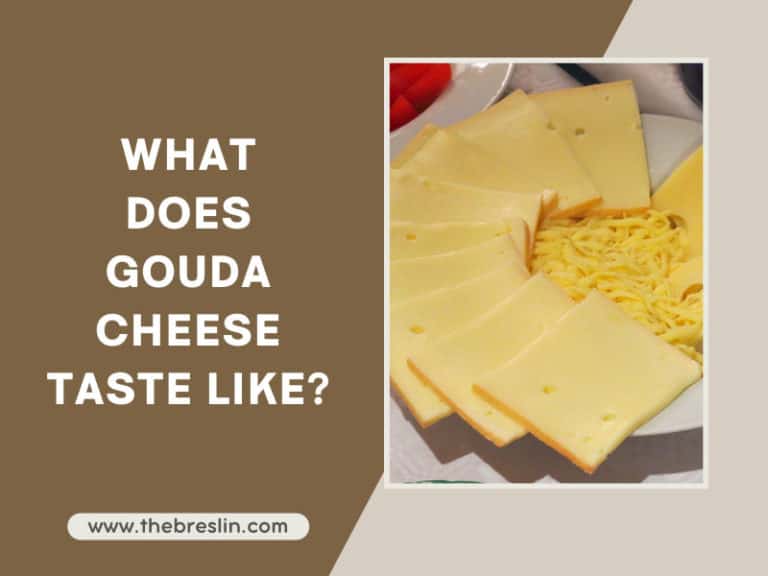

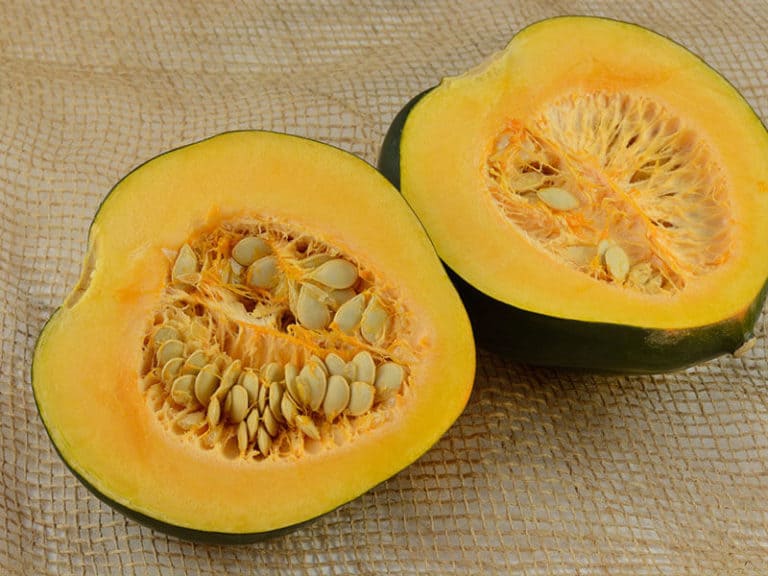
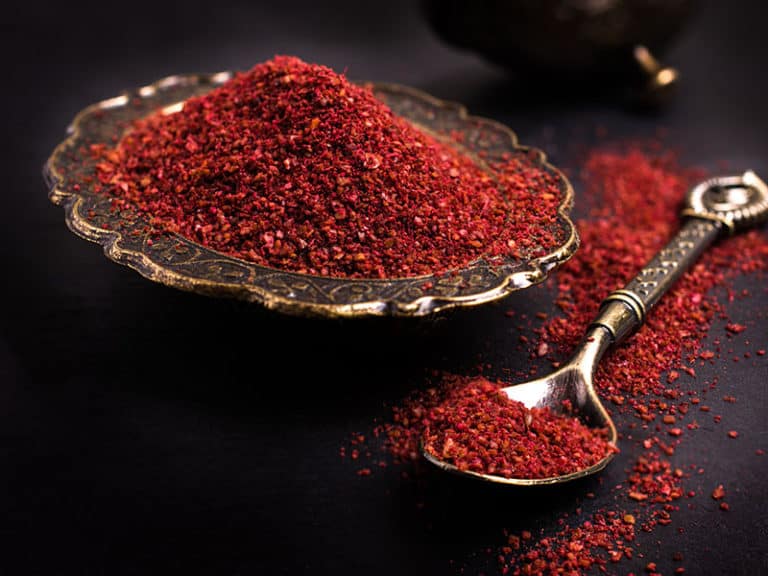
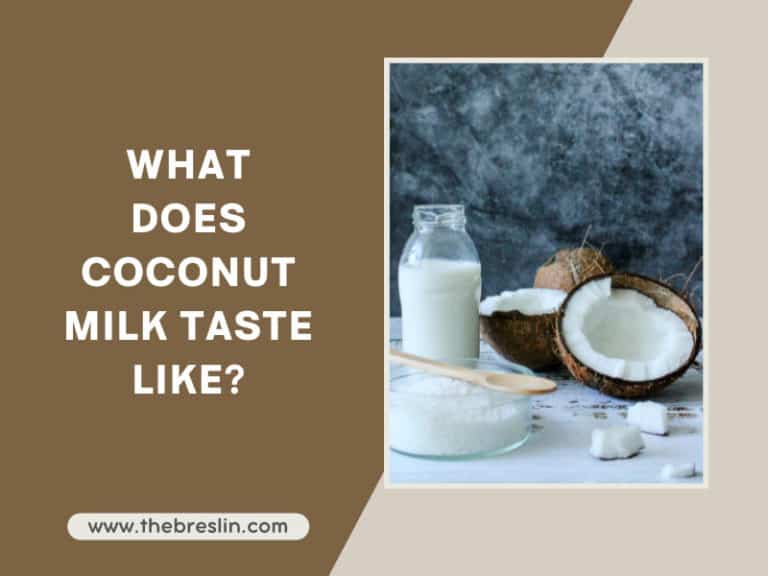
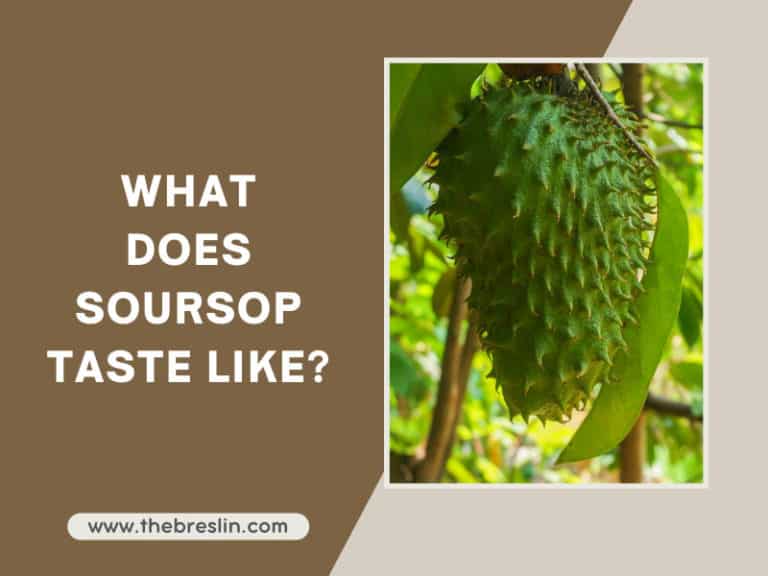
Amanda Collins
Founder and Senior Culinary Editor
Expertise
Culinary Arts and Management, Food Journalism and Critique, Recipe Development and Testing, Global Culinary Traditions, Sustainable Food Practices
Education
Institute of Culinary Education (ICE), New York, NY
Program: Diploma in Culinary Arts
Focus: Intensive hands-on training in culinary techniques, recipe development, and kitchen management, preparing students for professional roles in the culinary industry.
Monroe College, New Rochelle, NY
Program: Associate in Applied Science in Culinary Arts
Focus: Practical culinary skills, including cooking techniques, menu planning, and kitchen operations, with an emphasis on hands-on experience and industry standards.
Amanda Collins is a seasoned chef and food editor with a deep love for global flavors. Trained at the Institute of Culinary Education and Monroe College, and with over 15 years in the culinary field, Amanda has refined her skills in kitchens worldwide. Her background in food studies gives her a unique ability to share both recipes and the cultural stories that shape them.
As senior culinary editor at thebreslin.com, Amanda’s work brings authentic dishes to life, inviting readers to explore new flavors and techniques from around the globe. Her approachable style makes it easy for anyone to bring a bit of the world’s cuisine into their kitchen.